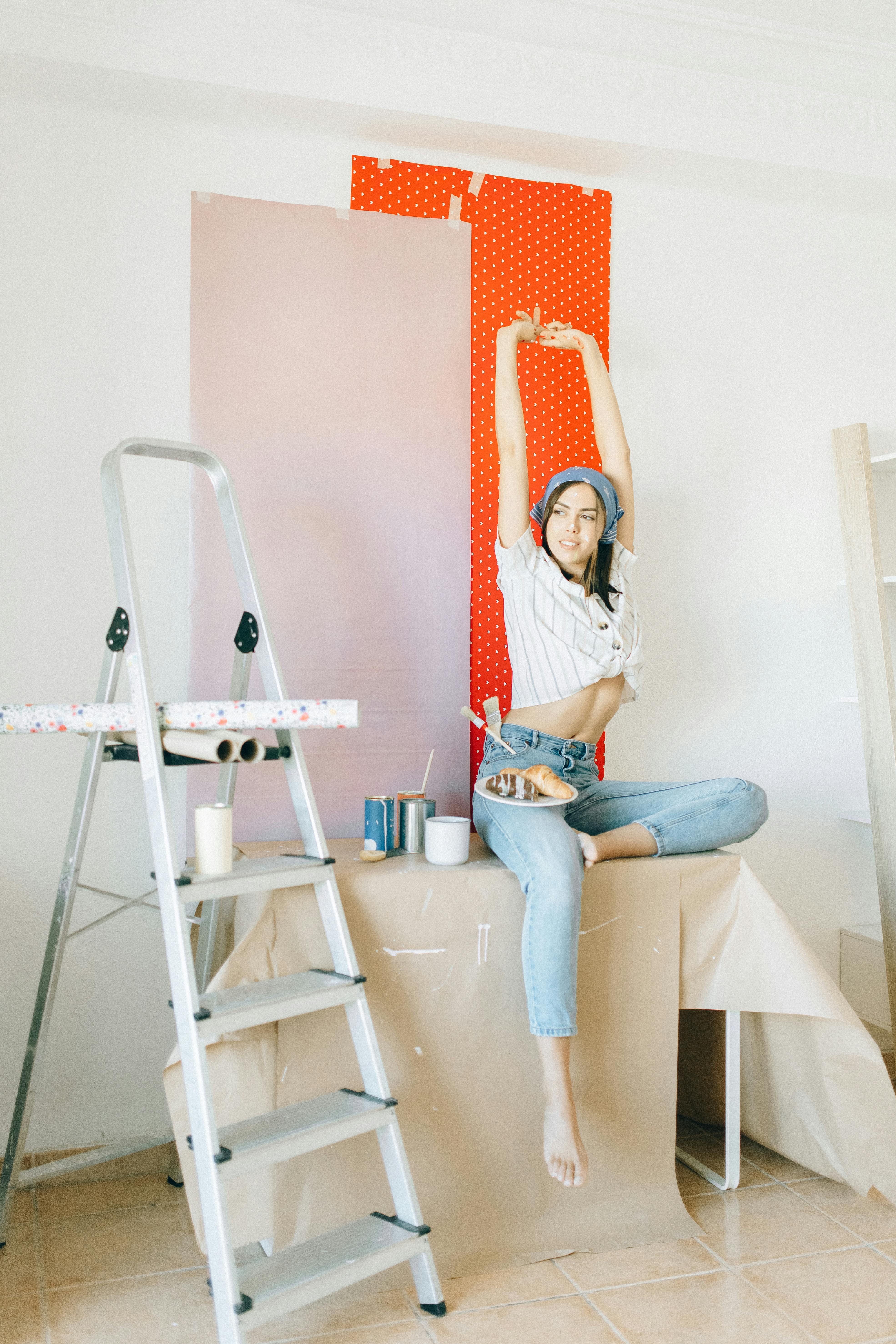
Introduction
When it comes to interior renovations, the thought of plastering over wallpaper may seem daunting. While wallpaper is an easy and convenient way to enhance the appearance of a room, there can be several reasons to upgrade to plaster finishes, from aesthetic appeal to durability. The popular question that arises is "Can you plaster over wallpaper?" This comprehensive guide aims to provide answers, offering you valuable insights into the process and best practices for plastering over wallpaper.
The Plastering Over Wallpaper Dilemma
Pulled out of context, the question of whether you can plaster over wallpaper seems simple enough. The answer is, indeed, 'yes'— with critical caveats. Plastering over wallpaper is possible, but it is not always the best solution. Wallpaper, while attractive and versatile, is not designed to handle the weight of plaster. As a result, uncertainties such as uneven surfaces, bubbling, and eventual peeling loom large. Before making the decision, consider these potential risks in addition to the evident convenience the shortcut approach brings.
Think Before You Plaster
Navigating the decision to plaster over wallpaper requires consideration on a case-by-case basis, assessing various factors that can impact the result. While it might appear as a timesaver, it’s crucial to weigh the wallpaper condition, the type of wallpaper, glue strength, and whether the wall underneath has been correctly prepared.
If your wallpaper is textured or loosely adhered, plastering over it can lead to uneven results or worse, a complete failure of the plaster to bond. Similarly, heavily patterned wallpaper may show through the new plaster layer. Remember, plastering doesn't mean hiding; it means enhancing. So if the underlying factors don't favour plastering directly over wallpaper, it's wiser to strip off the wallpaper and start afresh.
Preparing Your Walls for Plaster
If analysis leads you towards plastering over the wallpaper, it's time to ensure your wallpaper is in the right condition to be plastered. Start with thorough cleaning, removing all dust, filth, and grease from the surface. If there are any loose sections, it's crucial to either secure them back with strong adhesive or remove the open parts altogether.
Sealing the wallpaper surface with a coat of diluted PVA glue can be beneficial. This sealing process forms a barrier that prevents the plaster from being absorbed too quickly into the wallpaper, ensuring a secure bond between the plaster and wallpaper.
Plastering Process – Step by Step
Once the preparation is complete, it's time to plaster over the wallpaper. For optimal results, use a lightweight plaster to reduce the pressure on the wallpaper. Begin by applying a layer of the mix, using a plastering trowel to smooth it out. Try to keep the thickness even, remembering that more than one coat may be required.
After the first layer has been applied, wait for it to dry. Check for any voids or imperfections, and fill these areas with a second layer of plaster. Once the final layer has completely dried, sand it evenly to achieve a smooth finish. If executed correctly, the aesthetic appeal that plaster provides far exceeds that of wallpaper.
Final Considerations and Conclusion
Despite the possible hitches, plastering over wallpaper might be the best solution in specific scenarios. It could be the lesser cost of renovation for budget-conscious homeowners or a need for speed in renovation projects timeline. However, understanding the potential risks associated with plastering over wallpaper, and diligent preparation and application, can help ensure satisfactory results.
In sum, plastering over wallpaper isn't merely a "yes" or "no" issue, but a complex decision depending on numerous intrinsic variables. By leveraging our comprehensive guide to plastering over wallpaper, we hope that your next attempt at a DIY interior renovation project becomes an enhanced success, giving your walls a fresh lease on life. Remember - your interior renovation should amplify your design aesthetics, not undermine them. Choose wisely!